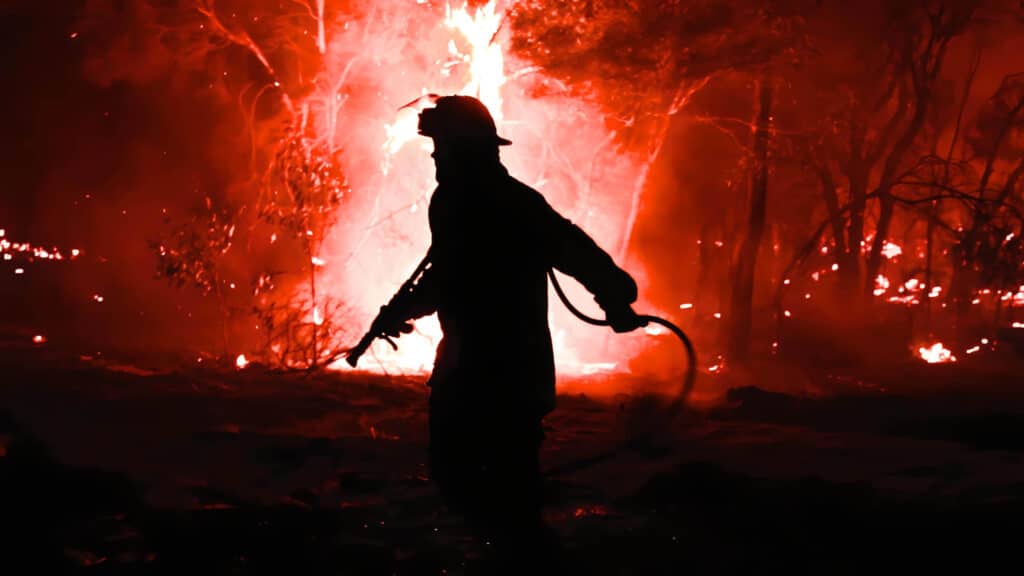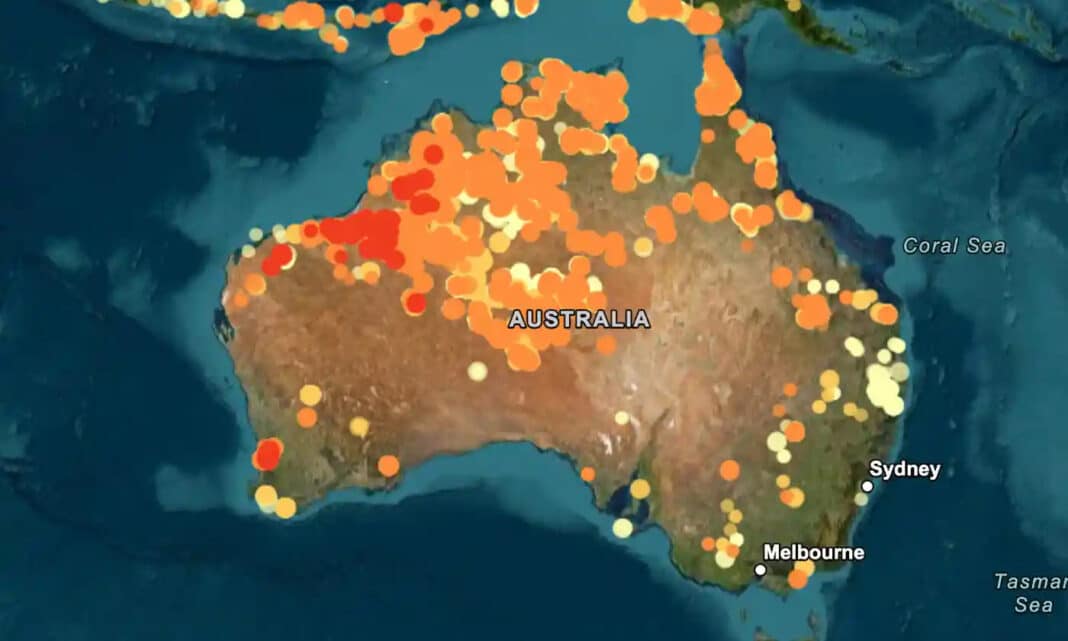Australia’s bushfire crisis has worsened with out-of-control bushfires not putting lives and homes at risk in Perth.
The extreme fire threat has led the WA Government to call for C-130 Hercules Water Bombers from NSW to help control multiple fire fronts.
It comes as the threat remains for “once in 70 years” fires in South East Queensland and New South Wales, which have led to exhausted fire crews working overtime to extinguish fires in Australia’s largest commercial plantation.
Wood Central understands that the blazes were ignited by lightning overnight and are now threatening dwellings just 55km south-southwest of Perth, with 2000 to 3000 hectares currently burning.

As reported by the West, parts of Serpentine, Jarrahdale and Keysbrook have been upgraded to a Bushfire Emergency Warning, with residents warned to “act immediately to survive”.
In the last few hours, Emergency WA has warned people bound by Scarp Road and Day Road to the north, Kingsbury Drive to the east, Scarp Road to the West and Karnet Prison Farm to the south, excluding the Jarrahdale townsite.
A watch and act warning is also in place for residents bound by Kingsbury Drive to the West, Jarrahdale Road to the north, Albany Highway to the east and the southern point of the Serpentine Reservoir to the south, including the Jarrahdale townsite and Mount Cooke.
“It is challenging terrain, and there is a large amount of fire on the ground, so we do have concerns over the next two or three days,” according to Darren Klemm, WA Commissioner for the Department of Fire and Emergency Services.
“At the moment, we haven’t had any reports of homes being lost totally or even damaged; most of the reports we’ve had are about outbuildings like sheds and those sorts of things.”
He said hundreds of firefighters are positioned across WA, with crews hoping cooler conditions will bring relief in the coming days.
“We’ve got a good four to five days now of more stable, milder weather conditions, which is going to give us a great opportunity to get around these fires and make them safe,” Mr Klemm said.
The Parks and Wildlife Service closed Serpentine National Park due to fire, and people in the area were told to leave for a safer place.
A Bushfire Emergency Warning for parts of North Dandalup, Myara and Whittaker in the Shire of Murray, where 80 hectares have been burnt, has been downgraded to watch and act.
More than 50 firefighters from the Bush Fire Service, Parks and Wildlife Service, and Volunteer Fire and Rescue Service have been working to bring that fire, also started by lightning, under control.
In June, Wood Central exclusively reported that Australia should prepare for a “catastrophic 2023-24 bushfire season.”
That assessment came from three professional foresters who have observed current pastoral conditions across three states.
That included Roger Underwood, a 50-plus-year veteran in bushfire management and science.
“Yes, good rains periodically fall in the inland. They lead to grass, then frosts lead to cured grass, then come the thunderstorms and lightning and the bushfires. It is a pattern as old as the hills,” Mr Underwood said.

“Also, it’s a pity that the people who live in these areas cannot see it coming and get some buffer strips burnt early.”
“By the end of October, this massive fuel load would be completely cured, and a summer thunderstorm would get it going.”
“The resultant fires were huge and uncontrollable.”
“Most of the eucalypts in this area are fire sensitive and would be killed, but this would be followed by wheatfield regeneration on the ash beds and some coppicing.”
Mr Underwoods supports the “Australian Approach”, which accepts that an emergency response will always be needed since bushfires can never be prevented.
For over 20 years, Mr Underwood was Chair of the Bushfire Front, an organisation dedicated to minimising bushfire damage in Western Australia.
“Planned burning is also used to maintain or improve biodiversity, protect cultural values, and manage agricultural production,” he said.
“Carrying out planned burning operations also contributes to building the on-ground expertise of the bushfire response personnel.”

Last month, the Bureau of Metrology declared that Australia has a positive El Niño event in the Pacific Ocean and a positive Indian Ocean Dipole (IOD).
It is the first time in eight years that the two weather events have occurred together.
Bushfire season typically runs from December to May in southern Australia, May to October in northern Australia and August to March in central Australia.






